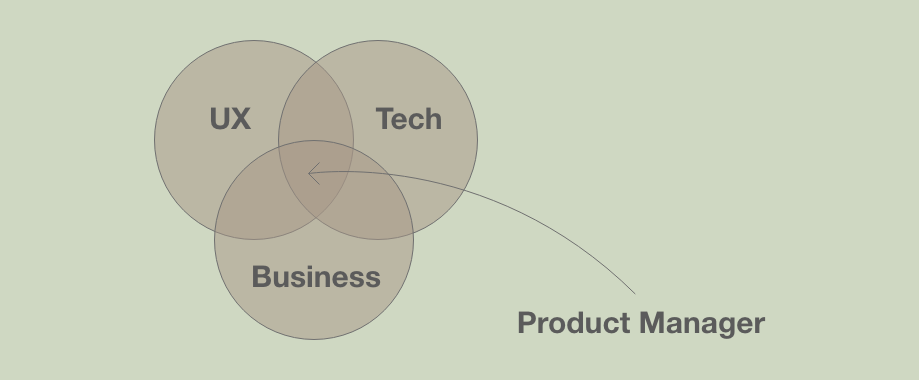There are a number of managers who claim to master product but eventually do not understand Product concepts in detail. I was this person at the start of my career. Listing out some pointers to note in your Product Management career to ensure you stay a Product Master and not just a Product Manager

- If you let Business Stakeholders dictate How to build features
In your day to day operation, you will come across a number of Business stakeholders who are just as passionate about the product as you are. In the discussion, they may try to dictate or suggest ways to build the product. These suggestions always comes with bias and generally no data backing at all.
As a Product master, you need to ask the stakeholders for a Problem statement and ask a simple question “WHY”. Keep asking questions till you are satisfied with the answer. This helps you get clarity as to what the exact problem statement is and what are you trying to solve. A great article on Why vs What is listed here

Pic Credits: Getty Images
2. If you love solution and not the problem
As a product manager you are supposed to solve problems that a Business / User / Stakeholder is facing. To be able to get the right solution, you should dig deep in the problem by researching, conducting user interviews, analysing data, forecasting data. Once you have understood the problem in detail, you will be able to narrow down as to which solution works best.
Remember, a solution that works in one scenario may or may not work in another depending on the problem statement and how your initial research findings work out.
As stated by a reputed professor: “Don’t fall in love with the solution, flirt will multiple solutions, fall in love with the problem!”.
3. If you don’t use data to make decisions
This pointer seems obvious, but I have seen Product Managers who do not have access to data (not even Google Analytics) and are designing how a new page on the website would look like. All they rely on is Empathy or what looks good.
Remember a product manager cannot be anecdotal. You need to get as much data as you can before taking a decision. Be paranoid with data. Be the devil’s advocate and ask yourself questions “Why ”, if you don’t have a data backing the answer, keep searching.

Pic Credits: IDG
4. If you don’t do at least a low fidelity wireframe yourself
We have dedicated UX/UI designers who are experts in designing wireframes and prototypes but you need to share a rough idea of whats expected and let them go around with their magic. Hence, you need to define a low fidelity wireframe and share it with them.
You can use any prototyping tool like Balsamic, Adobe XD, Figma, etc. to build a prototype. Balsamic is great for beginners. If needed, you can also draw your UX on a paper and share it with your UX designers. The Niche Mind has created an awesome workbook which you can buy from here
5. If you wait to define your Success Metrics post the launch
In the concept phase, its important you define your success metrics (North pole) and do not change it unless something changes drastically. I know product managers who believe in defining the success metrics on the go depending on the response. But as a product manager, you need to have researched all the parameters and anticipate the response and set your goals accordingly, Your success metrics will also help the Marketing team and operations team to plan accordingly.

Photo by Lukas from Pexels
6. If you don’t track your Product Metrics on a regular basis
A number of us believe our job is done once the product is launched. In reality thats where actual Product Management begins. Launching a product is easy, enhancement is the tricky part. You need to define your product metrics and be obsessed with it. You should track it daily to ensure you are on the right track. At the same time, you need to evaluate and look at ways to achieve your product metrics.
Constantly read your product feedback and take it constructively and derive as much value as possible.
7. If you don’t follow the PDLC (Product Development Life Cycle)
In your career, a number of times you will face pressure from the management or stakeholders to skip a step and move to the next one. Do not let others dictate your Product Development process. These guidelines / steps are imperial in achieving success and every small step is important. Ask for time but ensure you follow your process and ensure that you are satisfied in your process.
We are all learning and evolving.
